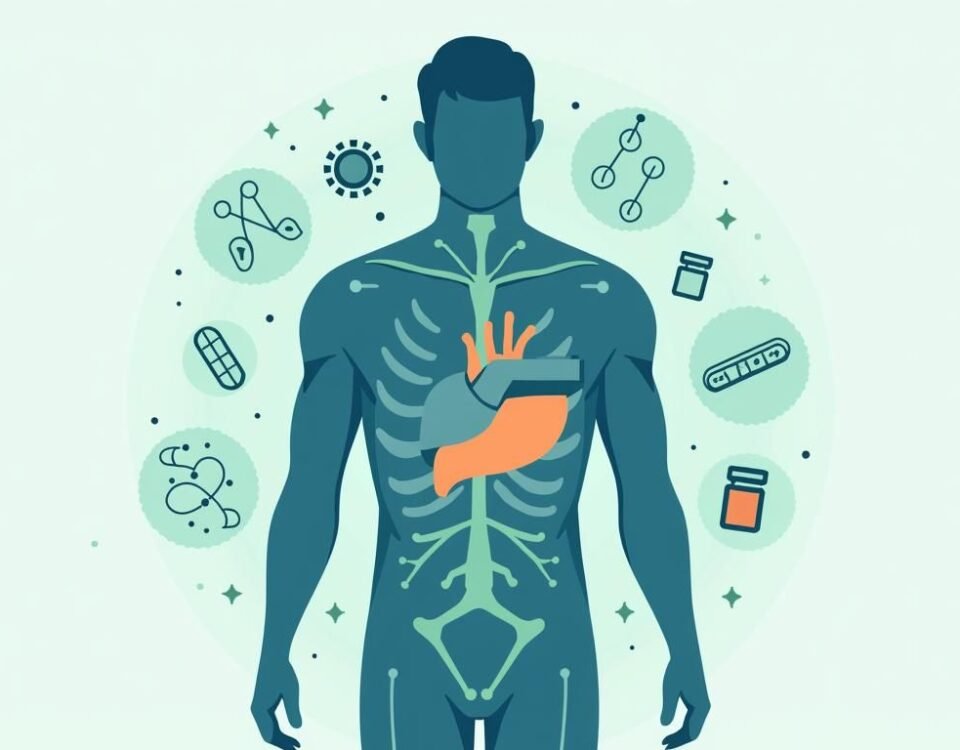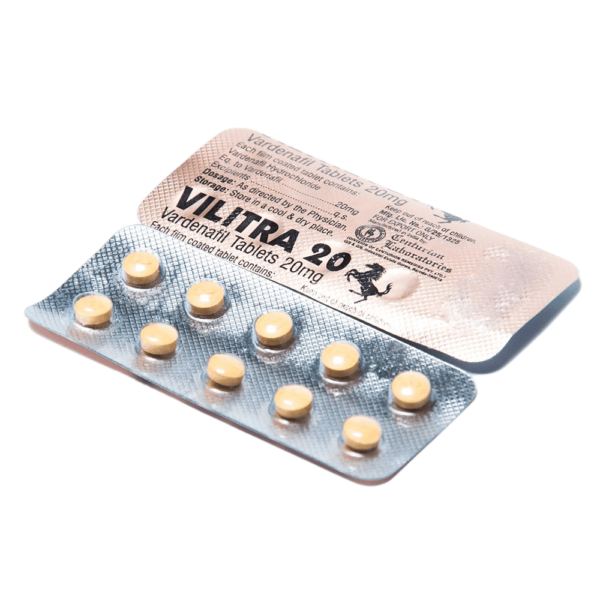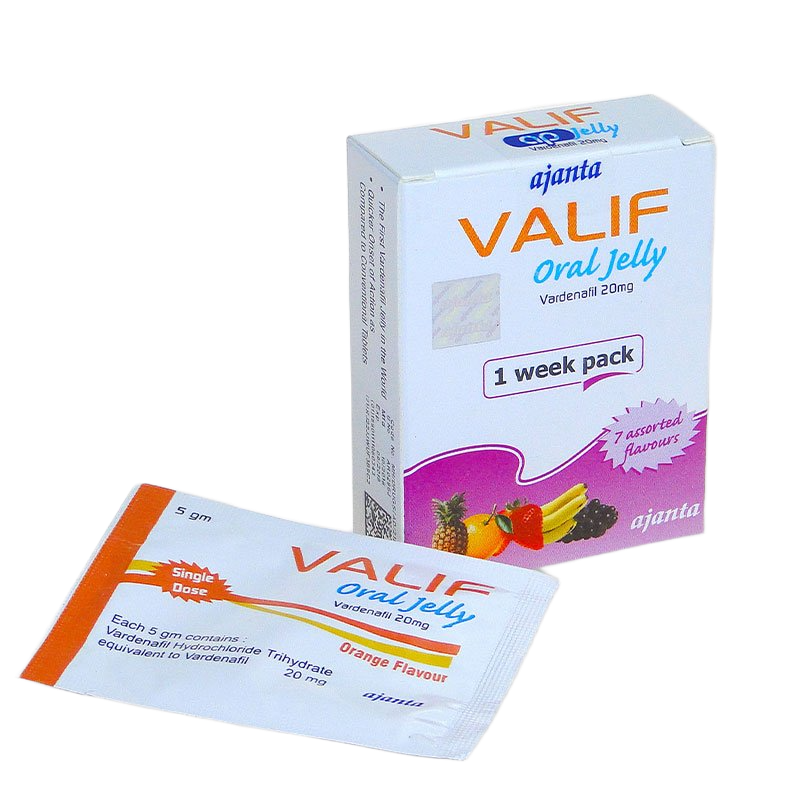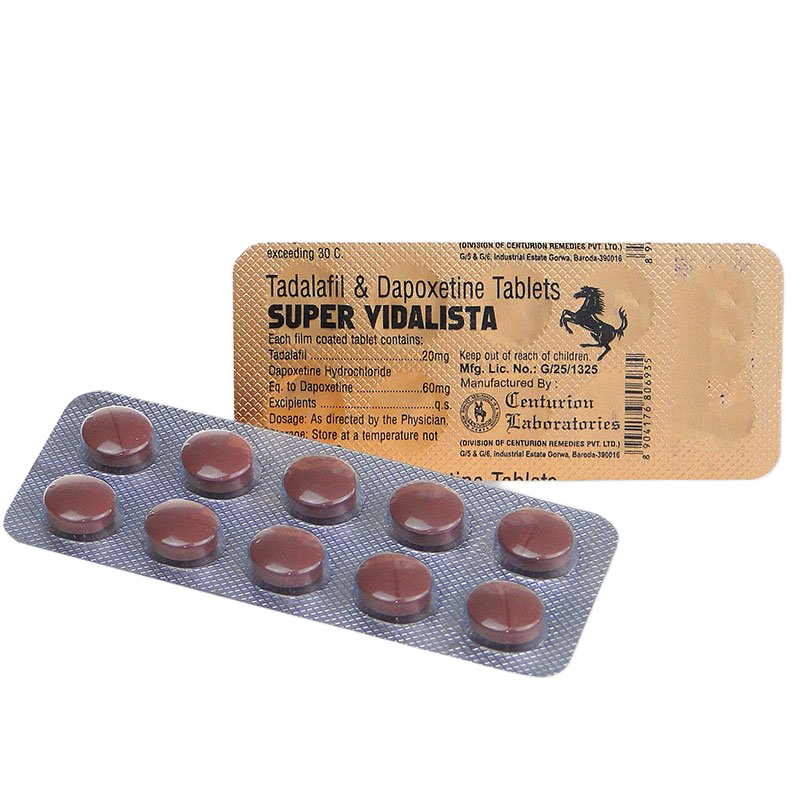Erectile dysfunction is defined as the inability to maintain a penile erection hard enough and for a long enough period of time, which is necessary for quality intercourse.
According to epidemiological studies, erectile dysfunction is a relatively common problem, affecting more than half of men over 50, but it is not an exception even in younger men.
Most men will experience at least temporary erection problems. The main risk factors include smoking, atherosclerosis, diabetes or surgery in the pelvic area.
Erectile dysfunction also often occurs in patients being treated for hypertension (high blood pressure), when drugs are taken to lower blood pressure. Hypertension is a widespread disease in the Czech Republic.
Similarly, some other drugs can negatively affect the ability to get an erection. Erection problems can develop either suddenly or gradually. A sudden loss of erectile ability can be a warning sign of a serious disease.

Diagnosis of erectile dysfunction
Erectile dysfunction can signal a serious disease, for example, coronary heart disease, diabetes, stroke and others. Therefore, a careful examination by a doctor is important.
Diagnostic methods have improved significantly in recent years, especially with the use of ultrasound. Current diagnostics are mostly non-invasive and significantly more accurate. The main goal is to determine the exact type of erectile dysfunction.
The basic part of the examination is a detailed history and physical examination, focusing on the pelvic area and external genitalia. Specifically, the penis is evaluated at rest and during erection, which is induced by the injection of a vasoactive substance directly into the corpus callosum.
Ultrasound examination with measurement of vascular flow is an essential part of the diagnosis. This is a non-invasive and painless method.
Other examinations, such as X-rays with contrast medium injected into a vein or directly into the corpus callosum, are rarely performed. In some cases, magnetic resonance imaging and other more complex diagnostic procedures are also appropriate.
Based on the internal examination, the doctor will evaluate whether erectile dysfunction is a manifestation of another serious disease. If so, the cause of the disease must first be treated, and the treatment of erectile dysfunction itself is postponed. Examples are coronary heart disease with risk of heart attack, hypertension with risk of stroke, atherosclerosis or diabetes.
If serious diseases are ruled out, there is probably an organic cause behind the erectile dysfunction. Most often, this is a disorder of blood supply, caused by atherosclerosis of the feeding arteries.
Among the metabolic causes, diabetes is significant, combining the risk of damage to both blood vessels and nerve fibers. Neurogenic causes may be related to neurological diseases or damage to peripheral nerves, for example after pelvic surgery.
Most often this occurs after radical surgery for prostate cancer. The aim of the examination is to determine the exact cause of the deterioration or loss of erection and choose the appropriate treatment accordingly.
If an organic cause, such as impaired blood supply or impaired venous outflow, is not confirmed, the disorder may be psychogenic in origin. This type is rather less common today.

Classification of causes
The causes of erectile dysfunction are divided into psychogenic and organic. Organic causes include vascular, neurogenic and other types. An organic cause is most often found, with an arteriogenic origin being the most common.
With atherosclerosis, changes occur in the feeding arteries, which leads to insufficient blood flow necessary to maintain an erection. Another possible cause of erectile dysfunction is complications after surgery in the pelvic area.
The most common surgery today is radical prostatectomy (removal of a prostate tumour). More than twenty years ago, it was mostly assumed that the main cause was a psychogenic factor. This view has changed thanks to the development of diagnostic methods, especially ultrasound, and also thanks to the introduction of new effective drugs, for example with sildenafil citrate.
A psychogenic cause is usually found in younger patients. A help to distinguish between psychogenic and organic causes can be nocturnal erections. Nocturnal erections occur independently of erotic stimulation, and if the patient has them, it is more likely that the cause is psychogenic; conversely, if not, it may be organic.
Treatment options for erectile dysfunction
Nowadays, the treatment of erectile dysfunction is very effective. The key factor for success is accurate diagnosis. Significant progress has been made due to the discovery of modern drugs with a high degree of effectiveness.
If erectile dysfunction is caused by impaired vascular supply, drugs are deployed to promote increased blood flow to the toporous bodies. The most famous representative of this group is Viagra, which contains the active substance sildenafil citrate.
After taking these preparations, the dilation of the feeding arteries occurs by influencing the complex regulation of blood flow in the arterial bodies. In addition to sildenafil, there are other drugs with a similar effect - tadalafil (Cialis), vardenafil (Levitra) and avanafil (Spedra).
Individual preparations differ in the speed of onset and duration of action.
Medication use and restrictions
Preparations containing the active substances listed in the summary (see table) are not suitable for people treated with nitrates due to coronary artery disease. The combination of these drugs can cause serious, even life-threatening complications. A thorough examination and consultation with a specialist physician is essential before starting this therapy.
Mechanism of action and conditions of effectiveness
The main effect of these drugs is to increase blood flow to the toporous bodies. However, the use alone is not enough for an erection - erotic stimulation, either mental or physical, is necessary. Once arousal is achieved, the drug then contributes to a firmer and longer erection. In case of a weak effect, the dose can be adjusted, but only after consulting a doctor.
Alternative treatment - injection therapy
If oral treatment with vasoactive drugs is not sufficiently effective, there is the possibility of injection directly into the topores. This method is referred to as intracavernosal treatment. Nowadays, prostaglandin E blockers, such as Karon or Caverjet, are mainly used. The treatment requires the active cooperation of the patient, who learns to administer the injections independently.
The advantage of this therapy is its high efficiency, the disadvantage is the need for injection, which can be unpleasant, and the risk of side effects. The most serious risk is a condition called priapism - a prolonged, painful erection that is not associated with sexual arousal. If it lasts longer than 4 hours, permanent damage to the erectile bodies can occur, resulting in an inability to have another erection. It is important to be alerted to this condition and know where and how to address it.
Other options - urethral and mechanical treatment
An alternative to the injection method is to inject the drug directly into the urethra using a special applicator. However, this option is costly, less effective and associated with a higher incidence of adverse reactions, which limits its wider use in the Czech Republic.
Mechanical methods of treatment include vacuum pumps. This is a device in the form of a vacuum chamber into which the penis is inserted. With the help of a vacuum, an erection is created, which is then maintained with the help of a flexible plastic ring that is put on the root of the penis. This ring prevents the blood from draining through the veins and thus prolongs the duration of the erection. However, the use of non-approved or non-certified pumps is strongly discouraged as their effectiveness and safety are not guaranteed. It is advisable to contact a specialist andrology clinic.
Surgical treatment - penile prostheses
In cases where all previous methods have failed, penile prosthesis implantation is the last resort. This surgical procedure consists of removing the natural tissue of the corpora lutea, which is irreversibly destroyed, and replacing it with a mechanical implant.
Penile implants can be either semirigid (partially flexible) or inflatable (inflatable). The first type holds the penis in a permanent erection, the second allows controlled erection according to the patient's needs thanks to a special mechanism. The semi-rigid option is less expensive but often uncomfortable, while the inflatable implant can cost more than 200,000 CZK but offers greater comfort.
Prevention of erectile dysfunction
As with many other diseases, it is preferable to focus on prevention rather than subsequent treatment in the case of erectile dysfunction. Elimination of risk factors is essential, including smoking, excess weight and other factors contributing to obesity and the development of atherosclerosis.
Frequently asked questions on erectile dysfunction
How common is erectile dysfunction?
Erectile disorders are a fairly widespread problem in the general population. Approximately 50% of men over the age of 50 have some difficulty with penile erection.
One of the main reasons for the high prevalence is an unhealthy lifestyle, which includes smoking, being overweight, diabetes and other chronic diseases, often leading to arterial corrosion (atherosclerosis).
How is erectile dysfunction recognized and diagnosed?
The main symptom is a weakened or absent erection. This condition can arise gradually or appear suddenly. In the event of a sudden deterioration in erectile ability, it is advisable to undergo a medical examination, as this may be a signal of a more serious health problem.
Nowadays, it is possible to perform a non-invasive examination, most often using ultrasound diagnostics. More information can be found in the chapter Diagnosis of erectile dysfunction.
Can erection quality be improved by changing lifestyle habits?
Yes, lifestyle changes are often the first step to improving sexual function. It is recommended:
Weight reduction if overweight or obesity is present
Inclusion of regular exercise
Reduction or elimination of smoking, alcohol, coffee and addictive substances (e.g. meth, heroin)
Stress reduction, enough sleep and rest
These measures often lead not only to an improvement in erection, but also in overall health.
When are PDE-5 drugs not suitable?
Erection support drugs (phosphodiesterase type 5 inhibitors) are not suitable for men with angina who are taking nitrates. Also, after a recent heart attack or stroke, their use is inappropriate.
For people with blood diseases, heart or liver disease, prior consultation with a physician is necessary before starting treatment.
What are the possible side effects of erectile dysfunction drugs?
When the correct dosage is followed, these products are considered safe. The most common side effects include:
Headache
Redness of the face
Indigestion
stuffy nose (congestion of the nasal mucosa)
Priapism, i.e. prolonged painful erections, has not been commonly reported with their use.
Which drugs can negatively affect erection?
Erectile function can be adversely affected by certain drugs, in particular:
Medications for high blood pressure: for example, beta-blockers, ACE inhibitors, or centrally acting antihypertensives
Antidepressants: mainly tricyclics, MAO inhibitors and SSRIs
However, with SSRIs (selective serotonin reuptake inhibitors), the effect on erections is milder compared to older types of antidepressants.






